With the business landscape growing more competitive daily, most companies are hungry for high-quality leads. These leads are more likely to convert into loyal customers, making them the lifeblood of sustained growth and revenue generation.
As a result, there’s a high demand for effective lead generation. 91% of marketers say lead generation is their most important goal. Unfortunately, generating high-quality leads is also a big challenge for most.
But, this gap presents a lucrative opportunity. With the right approach, you can build a lead-generation business that can generate stable income.
How do Lead Generation Businesses Make Money?
Lead generation businesses make money by connecting businesses with potential customers interested in their products or services.
They capture and nurture potential leads through various marketing channels, such as email campaigns, social media accounts, and search engine optimization (SEO). Once these leads are qualified, the lead generation companies sell them to relevant businesses looking for new customers. We’ll talk more about the different pricing models in the next section.
How Much Does It Cost to Start a Lead Generation Business?
The cost of starting a lead generation business will vary widely depending on the scale and resources you plan to invest.
For instance, if you’re starting small and handling most tasks yourself, you could start a lead generation business with a few hundred dollars. However, a fully-fledged lead generation agency with employees and advanced tools will require thousands of dollars or more.
Here’s a breakdown of key costs:
- Domain name and website hosting: Your online presence starts with a domain name and website hosting. A domain name generally costs between $10 and $50 per year. Hosting services range from $50 to $200 per year for basic plans.
- Website design: Expect to spend around $500 to $5000 on this depending on the website’s complexity. If you have experience in web design, you can save some money by building your own site using platforms like WordPress or Wix.
- Business development software: You’ll need to invest in business development tools that make it easier for you to manage your lead generation. This includes software solutions like marketing automation tools, CRM software, email service providers, lead generation tools, and cold outreach software. To streamline the acquisition and management of these tools, implementing top SaaS procurement software can help you efficiently evaluate, purchase, and manage these software solutions, ensuring you select the best options for your business needs. This can cost anywhere from $100 to $500 per month.
- Business registration: Considering you will be reaching out to companies and handling personal data you must register your agency as a business entity, say, an LLC. You’ll spend anywhere from $50 to $500 on registration fees.
The niche or industry you’re getting into will also affect how much you spend to get your lead gen agency up and running. For example, competitive industries like finance and real estate may require significant investments in human resources.
That said, ensure you have a small contingency fund to cushion you, the business owner, from unexpected costs like legal fees or software updates. It could range anywhere from $500 to $1,000 or more, depending on the size and budget of your business.
How to Start a Lead Generation Business – 6 Key Steps to Follow
Let’s look at the key steps you must take to establish and grow your lead generation company.
1. Pick a Niche
The niche you pick will determine your ideal target audience and ultimately guide your marketing efforts. Additionally, by specializing in a particular niche, you can position yourself as an expert in that space, which will give you a competitive advantage.
So, how do you find the most ideal niche for your business?
- Identify your interests and expertise: Start by considering your interests, skills, and experiences. Your familiarity with a specific industry will make it easier to understand your client’s needs and craft effective lead-generation strategies.
- Conduct market research: Use tools like Google Trends, keyword research tools (like Ahrefs and Semrush), and industry reports to assess the demand for lead generation services in various niches. Look for markets that are growing and always need qualified leads.
- Analyze your competition: Study potential competitors in your chosen niche to understand their strengths and weaknesses. Identify what they’re doing well and where there might be gaps in the market that you can exploit to stand out.
The most ideal niche will have high or booming demand but low competition. It will also have potential for growth in the future. So, consider industries that are expected to keep growing, such as technology, healthcare, or financial services.
2. Create a Customer Profile
Once you’ve chosen your niche, the next step is to create an Ideal Customer Profile (ICP). An ICP is a detailed description of the type of customer that would benefit most from your services and is willing and able to pay for the service.
The profile includes demographic details, firmographic data, geographic data, behavioral attributes, and business goals, as shown below.
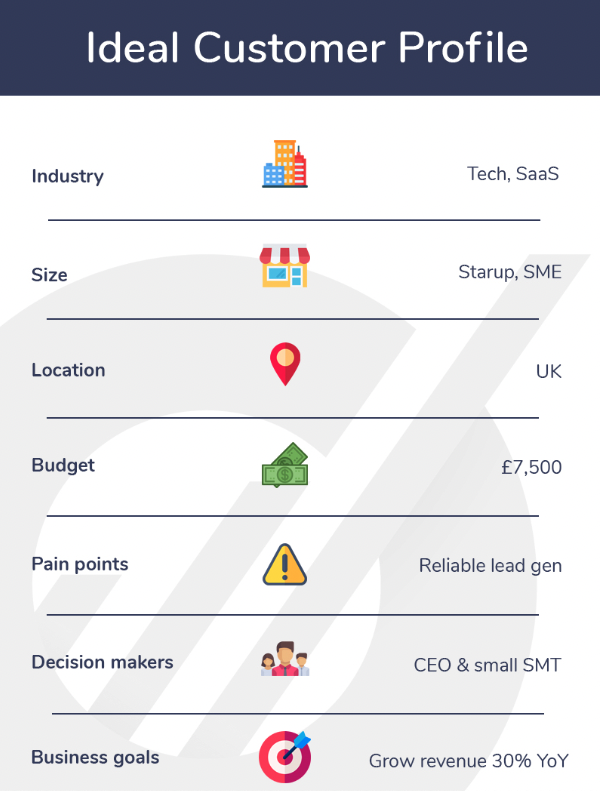
Source
Your ICP will guide your marketing strategies, pricing model, resource allocation, and other key business decisions.
Here is how to create a great ICP that helps you target and get the best clients for your lead-generation campaigns:
- Collect first-hand feedback: You can also understand your ideal clients better by simply asking your current and potential clients about their pain points and needs directly. Use surveys and interviews to collect the data efficiently. Additionally, consider using proxies and exploring proxy price when conducting market research to gather more insights effectively.
- Market research: Next, conduct thorough market research to gain data-backed insights into the needs, preferences, and challenges of your target clients. Leverage key industry reports, white papers, and studies.
- Analyze existing clients: For the folks who have an existing business (or if you’re currently working at another agency), you can examine your current client base to identify common characteristics among the best customers. Understanding what these clients have in common will help you define the type of customers you want to attract.
Ensure you review and update your ICP quarterly or bi-annually to keep it aligned with the ever-changing market conditions.
3. Pick a Pricing Model
The pricing model you choose for your lead generation business will significantly impact your profitability and client relationships. Here are the different options:
- Pay-Per-Lead (PPL): In this model, clients pay you a set fee for each lead you generate. It’s quite popular because it ties payment directly to the volume of leads delivered.
- Retainer model: With the retainer model, clients pay a fixed monthly fee for your lead generation services. This fee could cover a specific number of leads or offer access to your services regardless of the volume of leads.
- Percentage of revenue: You earn a percentage of the revenue generated from the leads you provide. This model can be highly lucrative if the leads convert well.
- Hybrid model: You can also use a combination of a lower retainer fee and commission for every sale made from your leads. This model allows you to balance steady income with the potential for higher earnings. Once you’ve determined your pricing model, ensure that any related contracts or proposals are clear and flexible. If you need to make changes to these documents, using a PDF to Word converter can help you easily edit and update them for future use.
Make sure whatever pricing model you choose aligns with both your business goals and client expectations to maximize your lead generation business’s profitability.
4. Decide Which Marketing Channels to Use
The channels you select will determine how effectively you reach your target audience, attract leads, and ultimately convert those leads into clients for your business.
Here are some of the popular digital marketing channels:
- Cold emailing: This channel is one of the most cost-effective solutions for lead generation, especially if you have a clear definition of your target audience, have their contact details, and leverage email automation to streamline your outreach efforts.
- LinkedIn: LinkedIn lets you connect with professionals in your niche and engage with them through direct messages. LinkedIn outreach is ideal for B2B lead generation. Voila Norbert can retrieve email addresses from LinkedIn profiles. You can install the Chrome extension to quickly retrieve anyone’s email address the next time you’re on LinkedIn.
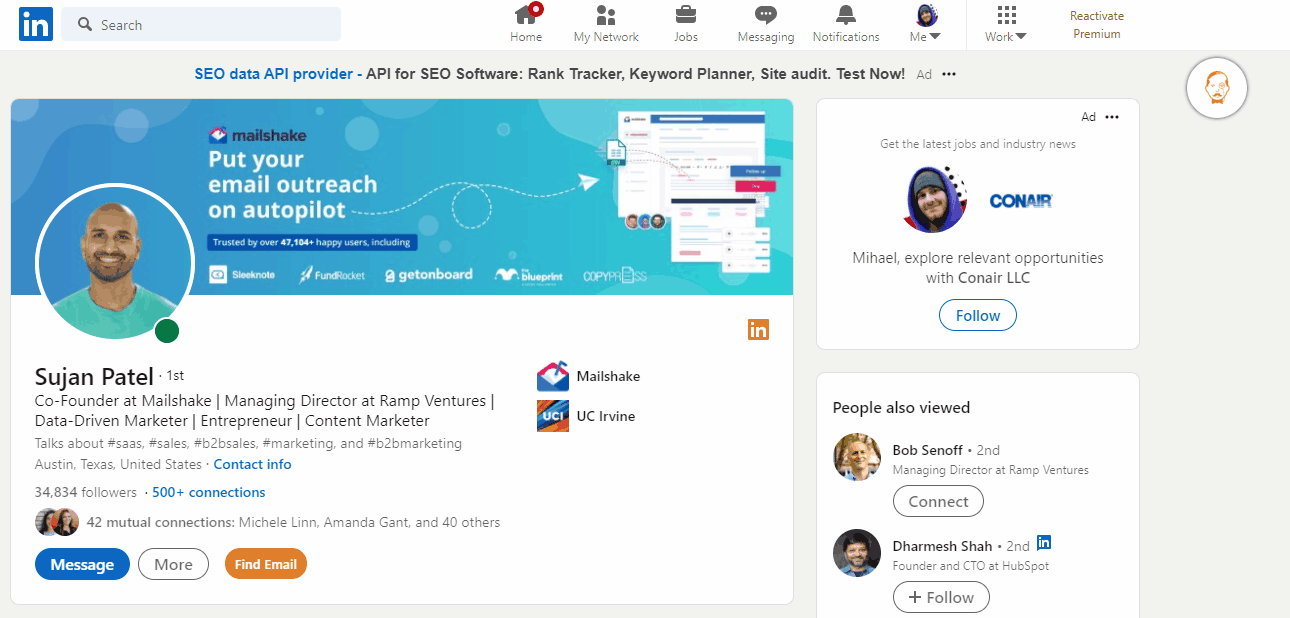
- Cold calling: Despite its old-school reputation, cold calling remains an effective lead generation channel. It is perfect if you’re targeting smaller, niche markets where direct communication is key.
- Content marketing: Relevant content is a great way to attract inbound leads over time. Content marketing is ideal for businesses in more competitive, dynamic, or complex industries where educating the market is key to generating leads.
- Pay-per-click (PPC) advertising: You can display ads on search engines like Google or social media platforms like Facebook, where you pay a fee each time someone clicks on your Google ad or social media post. This channel is ideal if you are looking for quick results.
Ensure you choose marketing channels that are popular with your target market. In addition, consider using a multichannel approach to maximize your reach and lead generation potential.
5. Run Your Outreach Campaign
Cold emailing is one of the most common and effective outreach strategies, especially for startups with limited budgets. It allows you to reach potential clients directly, build relationships, and nurture leads over time.
However, you must follow the best practices for prospecting emails to raise your chances of getting positive responses.
Voila Norbert has a set of tools that will help you run effective cold email marketing campaigns. We will focus on two:
1. Email Finder
The Email Finder tool helps you find the email addresses of your target clients. Email finders can help you find the contact details of decision-makers. Thankfully email finders are pretty affordable with a lot of big players in the market such as Norbert, Hunter & Snov.io.
To use it, log in to your Voila Norbert account and click on “Email Finder” on the dashboard.
Enter a name and domain to get the email address results. You can also use the company name as a search filter for more refined results.
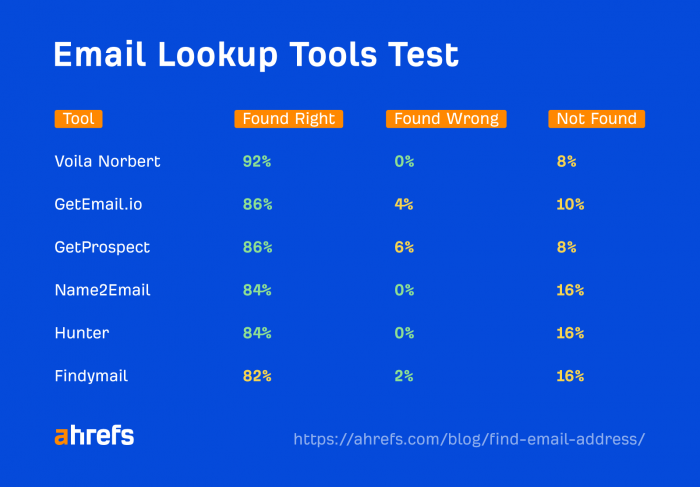
2. Email Sequences
The second tool is the Email Sequences tool, designed to help users easily create and manage email campaigns.
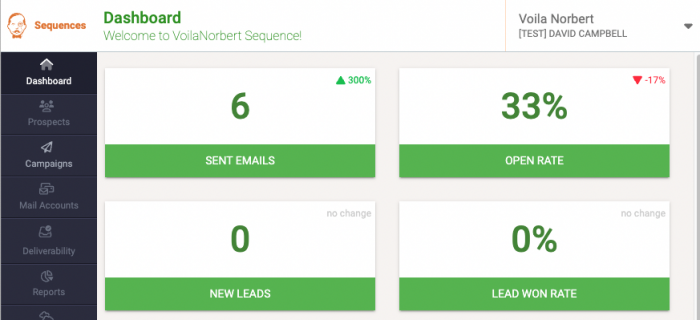
To use the tool for cold email campaigns, go to the Email Sequences section of the dashboard.
Step 1: Click on “Campaign”, then “Create New Campaign” which will lead you to this page.
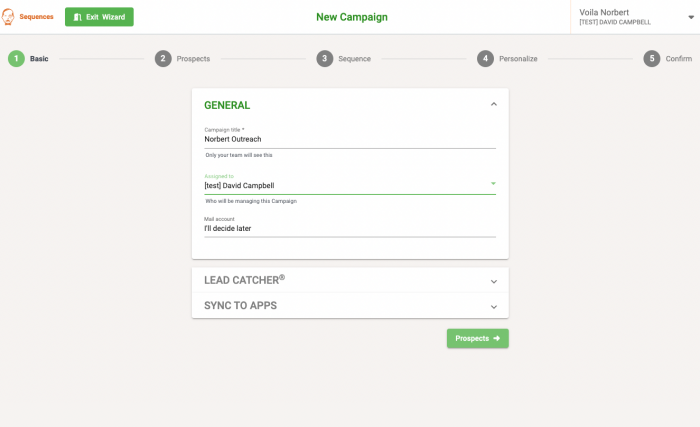
Step 2: Once you’v named your sequence, you now upload need to upload your leads. Uploading via csv is generally the recommended method here.
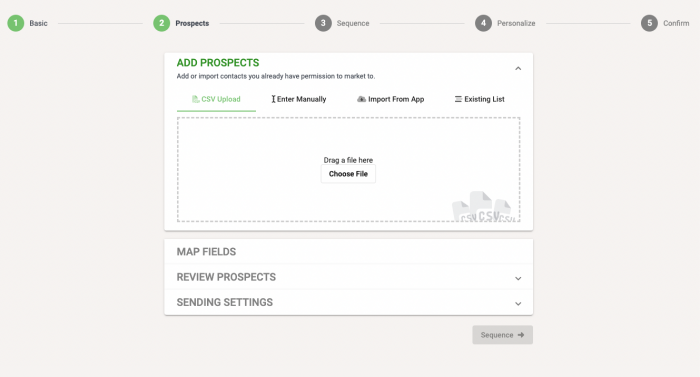
Step 3: Click on “Create New Sequence” and choose the email option.
Step 4:Then, click on “Email” to create your initial outreach email, with the help of Sequences’ AI writer.
Ensure your email message is clear, concise, and tailored to address the specific pain points or needs of your ICP.
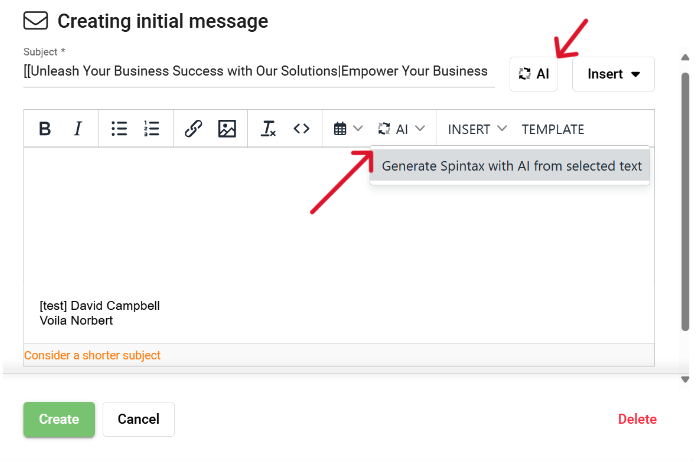
Next, set the delay for the email to be sent immediately after a contact is added to the sequence. Then, add follow-up emails at appropriate intervals.
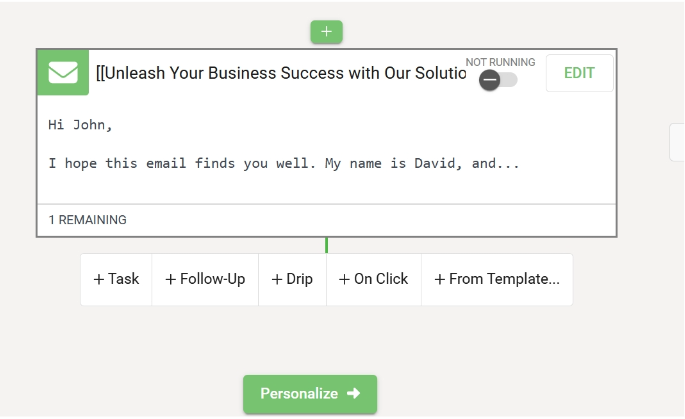
For instance, you can send a second email 3 days later, reminding the prospect of your initial email and offering more information to encourage their engagement. The third email, say, 7 days later can share social proof.
Next, track your cold email outreach efforts with real-time analytics that provide insights into metrics like open rates, unique clicks, bounce rates, unsubscribes, and email delivery rates.
Besides cold-emailing, you can also run outreach campaigns on LinkedIn. This platform, as we mentioned earlier is particularly useful for B2B companies.
You can complement your cold email outreach efforts with cold calls, which have a more personal touch.
6. Monitor and Adjust Your Lead Generation Efforts
Continuously monitoring and adjusting your lead generation efforts ensures that you stay competitive and continue to attract high-quality leads. Start by tracking key performance indicators (KPIs) like sales qualified lead volume, lead quality, conversion rates, and customer acquisition costs.
Using software for online project management can make it easier to work together, keep everyone on the same page, and track progress more effectively.
Besides that, regularly analyze the data collected from your past campaigns to identify any key trends and bottlenecks. You should also gather feedback from clients and your team to gain valuable insights that data alone might not reveal.
Use the data and insights you collect to regularly revisit and refine your lead generation strategies for better results. For instance, you can try new channels, fine-tune your ICP, refine your content or messaging, and adjust your budget to invest more in well-performing strategies.
In Closing
Start by picking a great niche. Then, create an Ideal Customer Profile(ICP), choose the right pricing models, leverage the right marketing channels, and run outreach campaigns.
Remember to monitor and adjust your efforts regularly to stay ahead of the competition and continue delivering high-quality leads.